#thomas narcejac
Explore tagged Tumblr posts
Text



Véra Clouzot and Simone Signoret on set of Les Diaboliques (1955)
#les diaboliques#1955#henri georges clouzot#pierre boileau#thomas narcejac#simone signoret#véra clouzot#paul meurisse#charles vanel#michel serrault
31 notes
·
View notes
Text







Les yeux sans visage, 1960
#drama#horror#les yeux sans visage#eyes without a face#georges franju#jean redon#pierre boileau#thomas narcejac#claude sautet#pierre gascar#edith scob#pierre brasseur#halloween
9 notes
·
View notes
Text
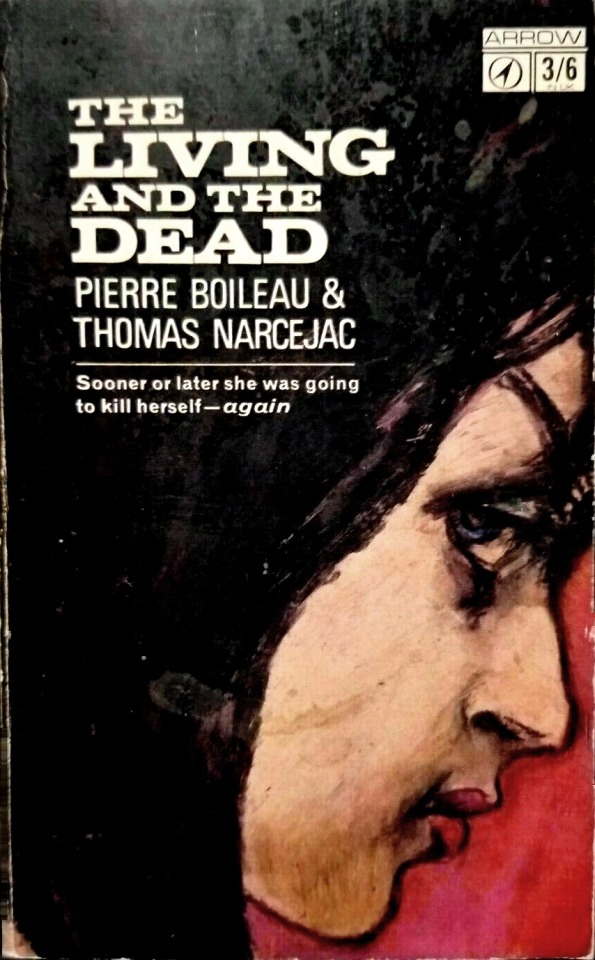
Pierre Boileau & Thomas Narcejac - The Living and The Dead - Arrow - 1965
#witches#morts#occult#vintage#the living and the dead#vertigo#d'entre les morts#arrow books#pierre boileau#thomas narcejac#boileau-narcejac#1965
24 notes
·
View notes
Text
It's been a long time since your hosts have travelled to France! This week we cover LES YEUX SANS VISAGE (1960) aka EYES WITHOUT A FACE from director Georges Franju!
Based on the Jean Redon novel, the film stars Pierre Brasseur, Alida Valli and Édith Scob. It delivers French New Wave horror while keeping you at arm's length -- but will that work in its favour?
Context setting 00:00; Synopsis 27:26; Discussion 35:33; Ranking 57:43
#podcast#horror#scream scene#eyes without a face#les yeux sans visage#georges franju#pierre boileau#thomas narcejac#jean redon#pierre gascar#jules borkon#pierre brasseur#alida valli#edith scob#eugen schufftan#gilbert natot#maurice jarre#french new wave#classic horror#champes-elysees productions#lux film#the manster#fantastique#anguisse#boileau-narcejac#thriller#SoundCloud
6 notes
·
View notes
Text
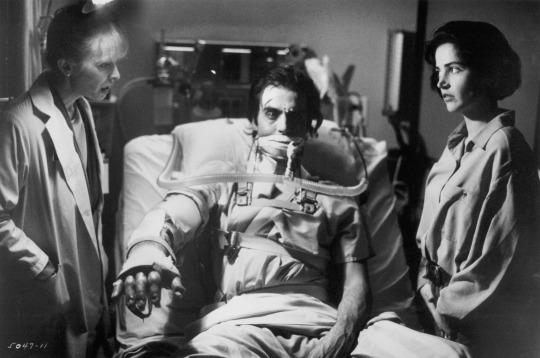
Lindsay Duncan, Jeff Fahey, and Kim Delaney in Body Parts (Eric Red, 1991)
Cast: Jeff Fahey, Lindsay Duncan, Kim Delaney, Zakes Mokae, Brad Dourif, John Walsh, Paul Ben-Victor, Peter Murnik. Screenplay: Patricia Herskovic, Joyce Taylor, Eric Red, Norman Snider, based on a novel by Pierre Boileau and Thomas Narcejac. Cinematography: Theo van de Sande. Production design: Bill Brodie. Editing: Anthony Redman. Music: Loek Dikker.
How can a movie with a car chase, a fight in a barroom, and an abundance of gore turn out so dull? Body Parts is based on an old trope, that of severed members taking on a life of their own. Adaptations of W.W. Jacobs's 1902 story "The Monkey's Paw" are so numerous they have a Wikipedia page of their own and Maurice Renard's 1920 novel Les Mains d'Orlac, about a concert pianist who receives the transplanted hands of a murderer, has been filmed several times, including Robert Wiene's 1924 silent The Hands of Orlac and Karl Freund's 1935 Mad Love, starring Peter Lorre. The many adaptations of Mary Shelley's Frankenstein also play on the notion of reanimated body parts. But it's not that the idea behind Eric Red's movie has been done to death, so to speak, it's that Red and the various screenwriters who worked on the movie find so little new and interesting to do with it. It's adapted from a 1965 novel, Choice Cuts, by the writing team known as Boileau-Narcejac, who provided the source material for some much better movies: Diabolique (aka Les Diaboliques, Henri-Georges Clouzot, 1955) and Vertigo (Alfred Hitchcock, 1958). The acting isn't bad. As Bill Chrushank, a psychiatrist who receives the arm of a murderer after losing his own in an auto accident, Jeff Fahey does a solid job of suggesting the ways the transplant brings out the worst in what may have been his own latent tendencies to violence. Lindsay Duncan plays the surgeon who does the transplant as a cold-blooded scientist with just a touch of hauteur that turns malevolent when her breakthrough technique is threatened. Brad Dourif overacts a little as the artist who receives the other arm and finds that it actually feeds his imagination and produces darkly disturbing paintings that sell. And Kim Delaney does what she can with the role of Chrushank's wife, who bears the brunt of his emotional transformation. But Red's direction never builds suspense, giving us time to anticipate the shocks we expect the material to provide. There's also a completely unearned "happy ending" that saps any lingering tension from what has gone before.
7 notes
·
View notes
Text



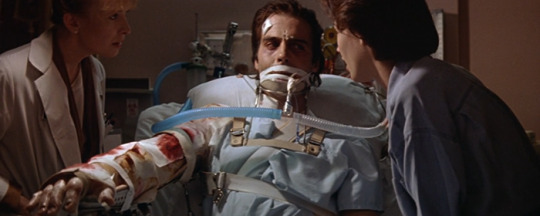
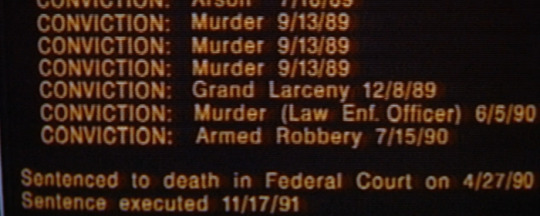
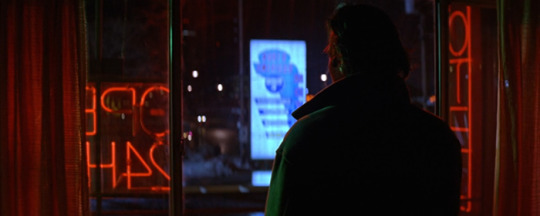
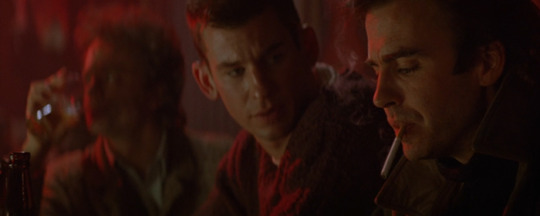



Body Parts Eric Red USA, 1991 ★★★ I started watching knowing Jeff Fahey was in it and went like "hey remember that movie where he loses an arm, gets a transplant from a criminal and starts acting all whacky and deranged?"
Well this was it! Amazing. Huge throwback to the good old (and fun) VHS days.
So anyway, I could've bet money on this being a King adaptation but no, it's based on the "horror novel Choice Cuts by Pierre Boileau and Thomas Narcejac" (copy/paste from wiki). It's great, fun and gory, with lots of familiar faces in it.
This kind of genre needs a big comeback.
2 notes
·
View notes
Text
Vertigo (Alfred Hitchcock, 1958)
Cast: James Stewart, Kim Novak, Barbara Bel Geddes, Tom Helmore, Henry Jones, Raymond Bailey, Ellen Corby, Konstantin Shayne, Lee Patrick. Screenplay: Alec Coppel, Samuel A. Taylor, based on a novel by Pierre Boileau and Thomas Narcejac. Cinematography: Robert Burks. Art direction: Henry Bumstead, Hal Pereira. Film editing: George Tomasini. Music: Bernard Herrmann.






Vertigo (1958)
501 notes
·
View notes
Text

Véra Clouzot and Henri-Georges Clouzot on set of Les Diaboliques (1955)
#les diaboliques#1955#henri georges clouzot#pierre boileau#thomas narcejac#simone signoret#véra clouzot#paul meurisse#charles vanel#michel serrault
4 notes
·
View notes
Text

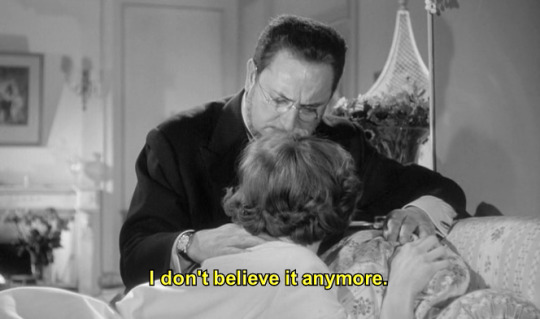
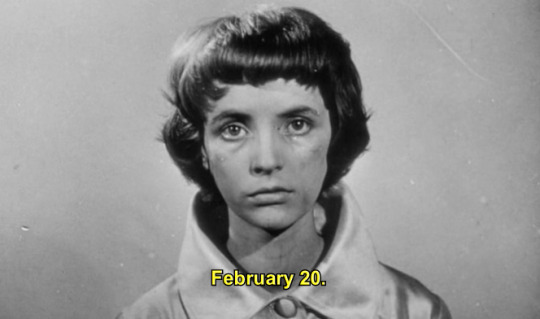



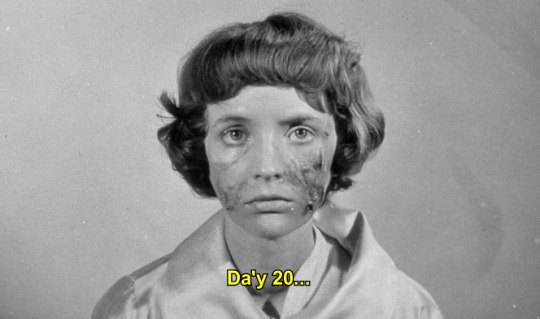
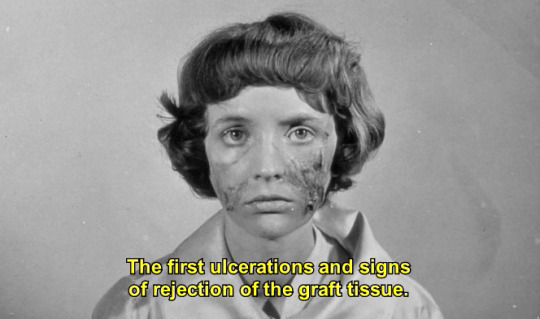

Les yeux sans visage, 1960
#drama#horror#les yeux sans visage#georges franju#jean redon#pierre boileau#thomas narcejac#claude sautet#pierre gascar#pierre brasseur#edith scob#hope#halloween
4 notes
·
View notes
Text

#ProyeccionDeVida
📽 Cine Club AF. Noches de Terror, presenta:
🎬 “LOS OJOS SIN ROSTRO” (Les Yeux sans visage)
🔎 Género: Terror / Thriller / Película de culto.

⌛️ Duración: 88 minutos
✍️ Guion: Claude Sautet, Pierre Boileau y Thomas Narcejac
📕 Novela: Jean Redon

📷 Fotografía: Eugen Schüfftan (B&W)
🎼 Música: Maurice Jarre
💥 Argumento: En la ciudad de París, un brillante y desquiciado cirujano rapta chicas con el fin de utilizar su piel para reconstruir la belleza de su hija, destrozada por un trágico accidente del que él se siente culpable.

👥 Reparto: Pierre Brasseur, Alida Valli, Juliette Mayniel, Edith Scob, François Guérin, Alexandre Rignault, Béatrice Altariba, Claude Brasseur
📢 Dirección: Georges Franju
© Productoras: Independent Pictures, The Guys Upstairs, Killer Films
🌏 País: Francia-Italia
📅 Año 1960

📽 Proyección:
📆 Miércoles 30 de Octubre
🕖 7:00pm.
🎦 Sala Lumiere de la Alianza Francesa (av. Arequipa 4595 - Miraflores)
🎫 Entrada: S/.5
👩🦳👴 Adulto Mayor: Ingreso Libre
🖱 Reservas: https://www.joinnus.com/events/cine/lima-nuits-de-terreur-crimenes-del-futuro-65076

👀 A tener en cuenta: Película recomendada para mayores de dieciséis años (16+)
0 notes
Text
Boileau Narcejac Kimdir
Boileau-Narcejac, Fransız polisiye edebiyatında önemli bir yere sahip iki yazarın oluşturduğu bir yazarlık ikilisidir.Pierre Boileau (1906-1989) ve Thomas Narcejac (1908-1998) tarafından kurulan bu ortaklık, özellikle gerilim ve suç romanları alanında dikkat çekmiştir.İkilinin yazıları, psikolojik gerilim unsurları ve beklenmedik olay örgüleri ile ünlüdür.Pierre Boileau, Paris’te doğdu ve genç…
0 notes
Text
Diabolique [Combo Blu-Ray + DVD] Sharon Stone (Acteur), Isabelle Adjani (Acteur), Jeremiah S. Chechik (Réalisateur)
Achat : https://amzn.to/3Sf5hW5 Adaptation du film d’Henri-Georges Clouzot qui a lui-même adapté le roman de Pierre Boileau et Thomas Narcejac, “Celle qui n’était plus”. “Diabolique” raconte à travers la manipulation, le mensonge et le meurtre, les relations entre deux femmes. Chronique : “Diabolique” est un thriller psychologique captivant et une adaptation du classique de Henri-Georges…

View On WordPress
0 notes
Photo

Les Yeux sans visage - Georges Franju (1960)
Poster
#les yeux sans visage#georges franju#1960s#1960#poster#pierre brasseur#alida valli#poster design#edith scob#claude sautet#pierre boileau#jean redon#thomas narcejac#juliette mayniel#horror#thriller#maurice jarre#eugen schüfftan
3 notes
·
View notes
Photo

Boileau & Narcejac - The Evil Eye, 1961
Artwork by Josh Kirby
#book cover#cover art#illustration#design#horror#josh kirby#60s#pierre boileau#thomas narcejac#boileau-narcejac
66 notes
·
View notes
Text







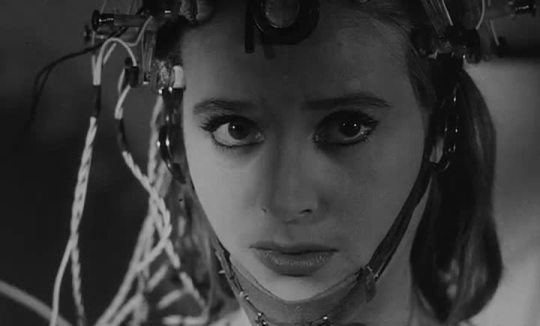


Les yeux sans visage (Eyes Without a Face, 1960)
"You're more beautiful than ever. There's something angelic about you now."
"Angelic? I'm not so sure about that. Whenever I look in the mirror, it's as if I'm looking at someone who resembles me... but who seems very distant... very distant."
#les yeux sans visage#eyes without a face#french cinema#films i done watched#Georges Franju#Jean Redon#Pierre Boileau#Thomas Narcejac#Pierre Gascar#Claude Sautet#Pierre Brasseur#Alida Valli#Edith Scob#Juliette Mayniel#Alexandre Rignault#Béatrice Altariba#René Génin#François Guérin#Claude Brasseur#Maurice Jarre#Beautiful. That rarest of things: a film which i knew i was going to love from literally the first minute. Noir style shots of a nervous#Valli driving in the dark set to Jarre's amazing beautifully unlikely haunted carnival score. Perfection. A beautiful film about ugliness#Or perhaps an ugly film about beauty. Scob is incredible: bird like and frail but moving with an ethereal grace that seems like she's#Dancing through a dream. Very pleased that her character is more than the genre staple of 'disfigured beauty becomes lunatic'. In fact#She is the character who is proved to have held onto her humanity whilst those around her have made themselves monsters by degree. A deeply#Affecting moving film; a slow and thoughtful and bitterly sad poem in film. Brilliantly cast and superbly shot. A watershed moment in#Horror film history and yet it isn't a horror film at all. It's a tragedy. That isn't to say it isn't scary or at least unsettling#That mask is... Wow. The perfect choice of realism and featureless. It's so good that at moments it can look like Scob isn't even wearing#It; and yet a moment later she turns her head and is suddenly inhuman. The surgery scenes are also very disturbing in their documentary#Style realism (Franju had started out on documentaries and it shows). Very modern feeling. Unique. An instant favourite
13 notes
·
View notes
Photo

Les Diaboliques (1955)
#les diaboliques#die teuflischen#gif#gifs#movie#movie gifs#black and white movies#fsk 16#smoking#french#henri-georges clouzot#celle qui n'était plus#pierre boileau#thomas narcejac#diabolique#diabolique gif#simone signoret#vera clouzot#paul meurisse#nicole horner#plantiveau#black and white#black and white gifs#horror#drama movie#50s#50s film#classic#classics
13 notes
·
View notes